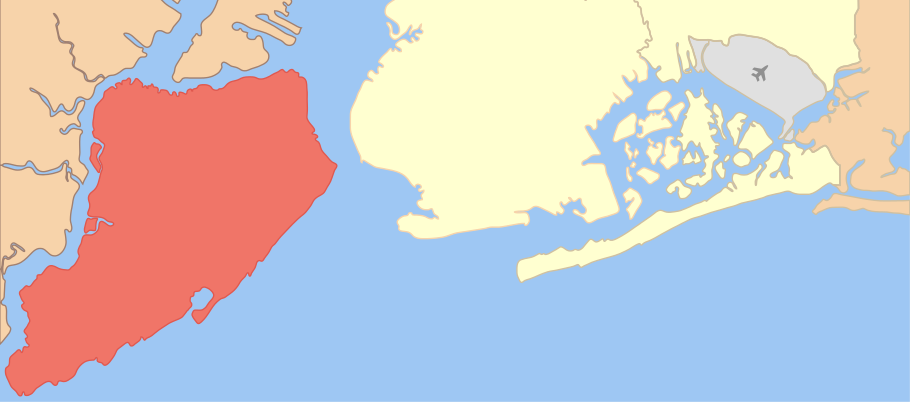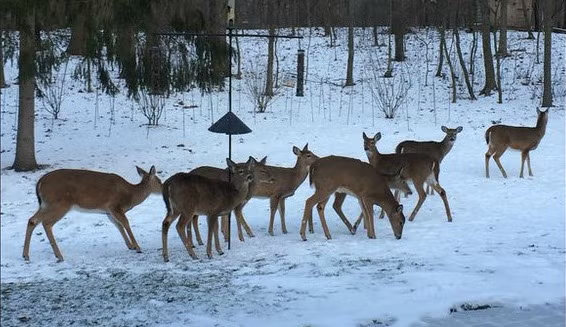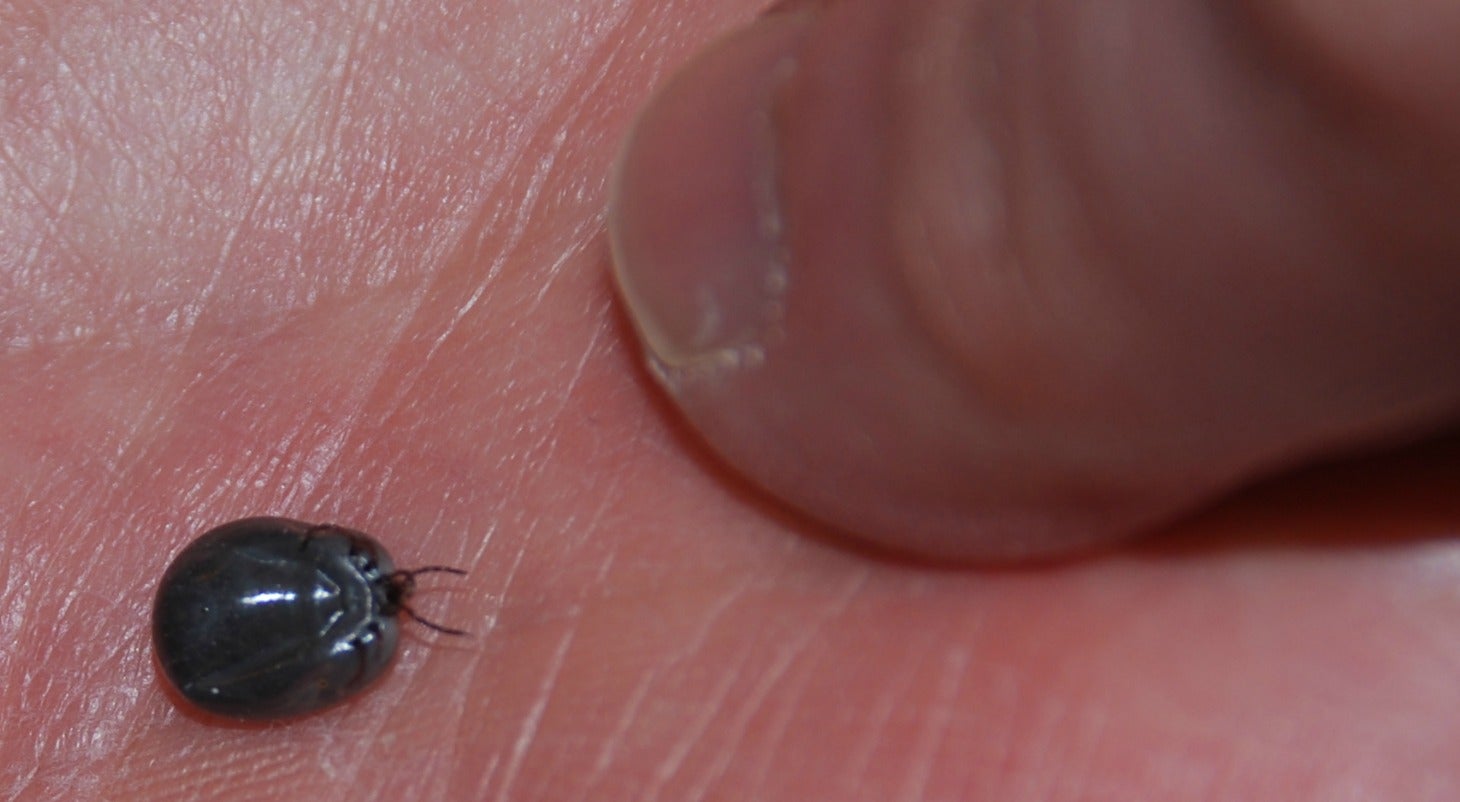Summary: This post links to videos of Lecythidaceae tree species identifications from the Brazilian Amazon. The videos should be useful for students of Amazon botany. They also serve as metadata for botanical and DNA collections from mapped and tagged trees at the Biological Dynamics of Forest Fragments Project.
Category: Blog
Shining light on a neglected tropical disease: Leishmaniasis
Summary Leishmaniasis is an emergent protozoan disease that afflicts over 12 million people worldwide. After years of working in proximity to the Leishmania parasite, I contracted Leishmaniasis for the first time this year. In this post I share my experience. First, based on my own parasite’s species ID, the geographic ranges of Leishmania appear poorly known. This biogeographic ambiguity does impact diagnoses. Second, treatment in the U.S. is outrageously expensive (>$56k for 84 miltefosine pills), even though public funds paid for much of the R&D. I invite others to share their experiences with Leishmaniasis as a way to spread awareness of the disease and the political factors that keep effective treatments out of the hands of many.

Resurrecting an Amazon forest inventory of the Brazil nut family (Lecythidaceae)
Summary: The Brazil nut family – Lecythidaceae – is one of the most important families of trees in the Amazon basin. Yet compared to tree families of temperate forests, the group is extremely understudied. In collaboration with Brazilian colleagues, our lab has selected neotropical Lecythidaceae as a model clade for integrated studies of systematics, ecology and evolution in Amazon trees. This post summarizes a few interesting features of the group, and describes plans to revive a Lecythidaceae research project near Manaus, Brazil.
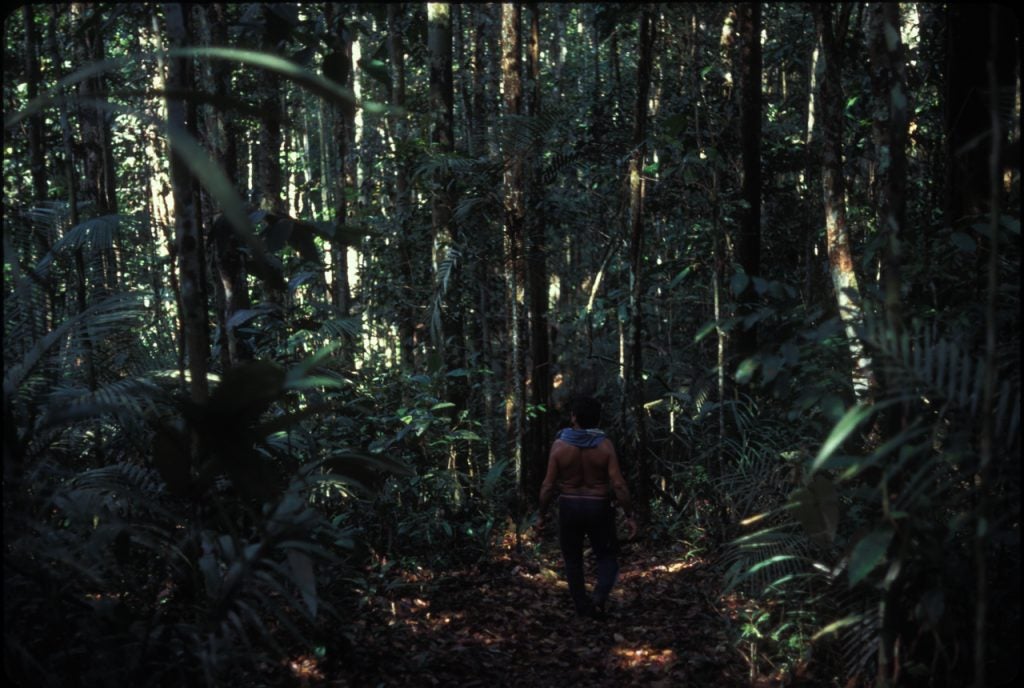

A critical take on “Persistent effects of pre-Columbian plant domestication on Amazonian forest composition”
Summary: Levis et al. (SCIENCE03 MAR 2017 : 925-931) challenge the idea that Amazon forests were largely untouched by humans prior to 1492. Specifically, they show that forest plots near archeological sites are enriched with useful tree species relative to plots located farther away from these sites. This is an intriguing finding, but the idea that prehistoric gardening has broadly shaped Amazon forests is problematic: (1) Amazon forest inventory plots are spatially biased toward human settlements (both ancient and modern) so broader extrapolation is not warranted; (2) Most useful tree species have short lifetimes and their local enrichment should not persist after several hundred years; (3) Amazon people still care for these useful tree species, making it it difficult (if not impossible) to disentangle ancient and modern impacts. The simplest interpretation is that Amazon research plots are often established in forests used by rubber tappers, small-scale farmers, or other recent peoples.
Staten Island’s buck sterilization plan: what could possibly go wrong?
Summary: Staten Island is confronting urban deer overabundance with a plan to sterilize all of its male deer. Animal rights groups praise the plan as forward looking and humane, but it is neither. It will be difficult to implement, wildly expensive, and it will alter the reproductive behavior of male and female deer, leading to an increase in vehicular collisions and physiological stress. A deer cull — possible even in Staten Island — would give the remaining deer a more natural life and improve deer-human interactions.
Narrow channels isolate Staten Island (red) from New Jersey (orange) and New York City (yellow). https://commons.wikimedia.org/w/index.php?curid=10668334
In Ann Arbor deer management has been a hot news item for nearly a year. When it comes to non-lethal methods, someone occasionally brings up the possibility of buck sterilization (i.e. vasectomy). The idea is rejected fairly quickly. Unlike the more sedentary female deer (does) bucks travel broadly and they are polygamous; i.e. they will mate as often and with as many females as they can. If you manage to sterilize one buck, another will come to take its place. Read More
The pseudoscience of non-lethal deer management
Summary: Following a controversial deer cull, the city of Ann Arbor is considering non-lethal methods to deal with its burgeoning deer population. The Humane Society of America (HSUS) has aggressively promoted these methods in Ann Arbor and elsewhere but their scientific rationale is misleading at best. This post discusses biological misinformation at the heart of the HSUS deer campaign.
Whitetail deer photographed from an Ann Arbor home on January 20, 2016. The large numbers of yearlings suggest that the herd is undergoing an exponential growth phase.
Ann Arbor recently approved a deer cull in which marksmen shot 63 deer; the venison was distributed to the needy. Although the cull was planned with public input and an emphasis on safety, opposition groups protested relentlessly and filed lawsuits (some still pending) to halt the cull. A full listing of MLIVE articles on the topic can be found here. The timeline and local political context can be found here and here.
Read More
On Ticks, Taxonomy and Lyme Disease
Summary: The tick Ixodes scapularis transmits Lyme Disease and is expanding its range across the eastern U.S. As we discovered recently, basic tick ID skills relevant to disease treatment appear to be lacking in the medical community.
Engorged tick (Ixodes sp) acquired by U-M Botanist near Chelsea, MI in late March
Last week Herbarium associate Mike P. sent a staff email to warn us of deer ticks. After doing some outdoor work west of Ann Arbor he found an engorged tick on his chest (genus Ixodes) that left a small rash. The tick (see above photo) looked like an adult of the blacklegged tick Ixodes scapularis, which transmits the bacteria that causes Lyme Disease.
Oak-hickory forest: a vestige of Native American land use?
Summary: Oak-dominated forests in the E.S. George Reserve and elsewhere in the eastern U.S. are being replaced by maples and other fire-sensitive trees. Oak forests may be a legacy of Native American fire practices that predate European settlement.
Oak trees in the Big Woods Plot of the E. S. George Reserve
Two years ago a U-M team* established a Forest-GEO tree inventory plot in the E.S. George Reserve (see 2014 blog post; or listen to this NPR interview). Students and faculty mapped and measured all woody stems ≥1 cm diameter in 23 hectares of oak-hickory forest (the plot is the size of 46 football fields!). “Big Woods” plot includes > 45,000 stems from 41 tree and shrub species.
A CTFS forest plot in Michigan
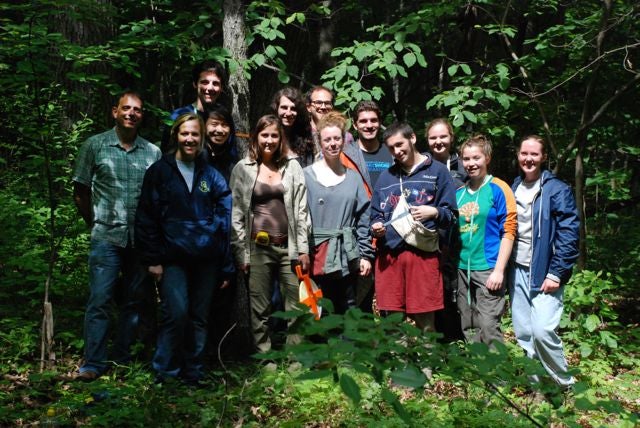
Front row: Leah Spalding, Jasmine Gramling, Hillary Butterworth, Isaac Levine, Jayna Sames, Rachael Lacey
(Katie Parks not shown; photo by Dale Austin)
July 23, 2014 – As a post-doctoral fellow at the Smithsonian Tropical Institute (STRI), I worked in forest inventory plots in Panama, French Guiana, and Ecuador. Large scale forest plots are invaluable for sampling woody plant populations and associated biota. The 50 ha plot on Barro Colorado Island (BCI) Panama, for example, is not only one of the most intensively studied tropical forests in the world, but its soils, microbes, animals and herbs have also been intensively studied in part because of the infrastructure the plot provides.
